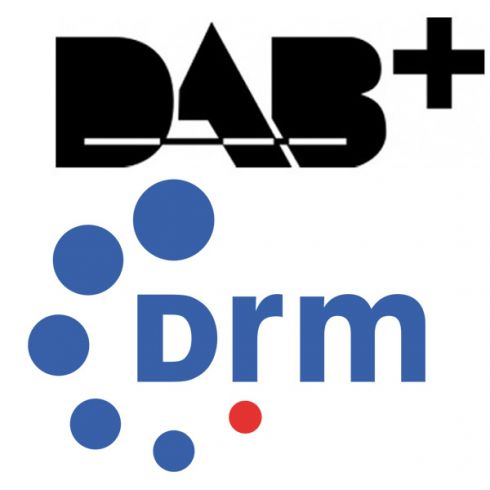
NEW DELHI: Two Belgium radio federations - the CRAXX (Coordination of Expression and Associative Radios) and the GRIF (Federation of Francophone Belgium independent radios), have strongly advocated the coexistence of DAB+ with DRM+ as the best alternative for a smooth and successful digital radio transition.
CRAXX and GRIF collectively represent independent and community radio stations were reacting to the recent developments about the transition to Digital Terrestrial Radio in the Federation of Wallonia Brussels (Belgium).
In a joint statement, the two said they feared that independent radios will be left-out of a digital landscape based solely on the DAB + standard, and up to 50 per cent of them could disappear eventually.
If some of the independent radio stations will find their place in DAB+ digital packages, it is not the same for others, especially for radios operating in less densely populated areas. Indeed, the digital landscape will not be the copy of the current FM panorama.
The two, therefore, advocate the coexistence of DAB+ and DRM+ standard, more modern and much better adapted to local broadcast coverage.
Alongside the DAB standard, which dates back to 1985 and whose operation began in 1995, a new standard was approved in 2011 by the International Telecommunication Union (ITU).
DRM+ allows digital radio broadcasting on frequencies currently used for analogue broadcasting on FM. Of course, the 2007 PSTN does not suggest the coexistence of DAB / DAB + with the DRM+ standard which was not recognised by the ITU at the time. But it is certain that a PSTN update would include such a suggestion because this is probably the only way to enable a smooth transition from analogue to digital terrestrial broadcasting. A technical report of the European Broadcasting Union (EBU) of February 2013 also recommends the use of digital radio broadcasting in DRM+ where DAB / DAB+ would be unworkable.
The private independent or network radio stations of the Federation Wallonia-Brussels (FWB) authorisations to broadcast will expire in 2017. Media reports say the public service and at least one network of commercial radio stations would like to switch to digital broadcasting in DAB / DAB+ in 2017 following the example of what is announced in Flanders.
Although the choice of the DAB / DAB + broadcasting standards seems appropriate for large transmitter networks, the current digital capabilities of the FWB will not allow a smooth digital radio transition if it limits itself to the sole use of DAB / DAB+. Such a transition would be neither equitable for broadcasters or the public, as it would considerably reduce the diversity of radio services offered. This would go against the provisions of the Digital Transition Strategic Plan (PSTN) of the FWB (finalised in July 2007 following a long process of consultation between the CSA, the public, the operators and the public authority) and Resolution 241 (18 July 2011) of the Parliament on the French community.
The statement said nearly 50 per cent of independent radio stations could disappear or be left out of a DAB / DAB+ based only digital landscape.
A conservative solution would be to give up indefinitely the switch off of the FM band, or as some countries have already decided (Sweden, Netherlands, Denmark, Great Britain, and Germany etc) to allow the coexistence of FM and DAB / DAB+ for the next 5 to 10 years.
DAB / DAB+ and DRM + are almost equivalent standards regarding the technical innovations they bring over FM. However, three important differences distinguish them.
While DAB+ is limited to band III (174-230 MHz), DRM+ allows transmissions between 30 and 300 MHz, which includes band III, but especially the Band II (87.5 to 108 MHz) currently used for analogue broadcasting on FM. A broadcaster wishing to move immediately to DRM+ could do so without changing frequency or antenna, and in some cases by performing a simple upgrade of its transmitter. DRM+ unlike the DAB / DAB+ requires no expensive investment or operation of multiplexing facilities, or relying on an operator to whom would be entrusted the management of a DAB park of transmitters. Broadcasters can,therefore, be completely independent and keep full control of all their production facilities, including terrestrial broadcasting.
DRM+ (for FM) allows simultaneous transmission of an analogue FM and digital signal on the same frequency - which DAB / DAB+ cannot offer.